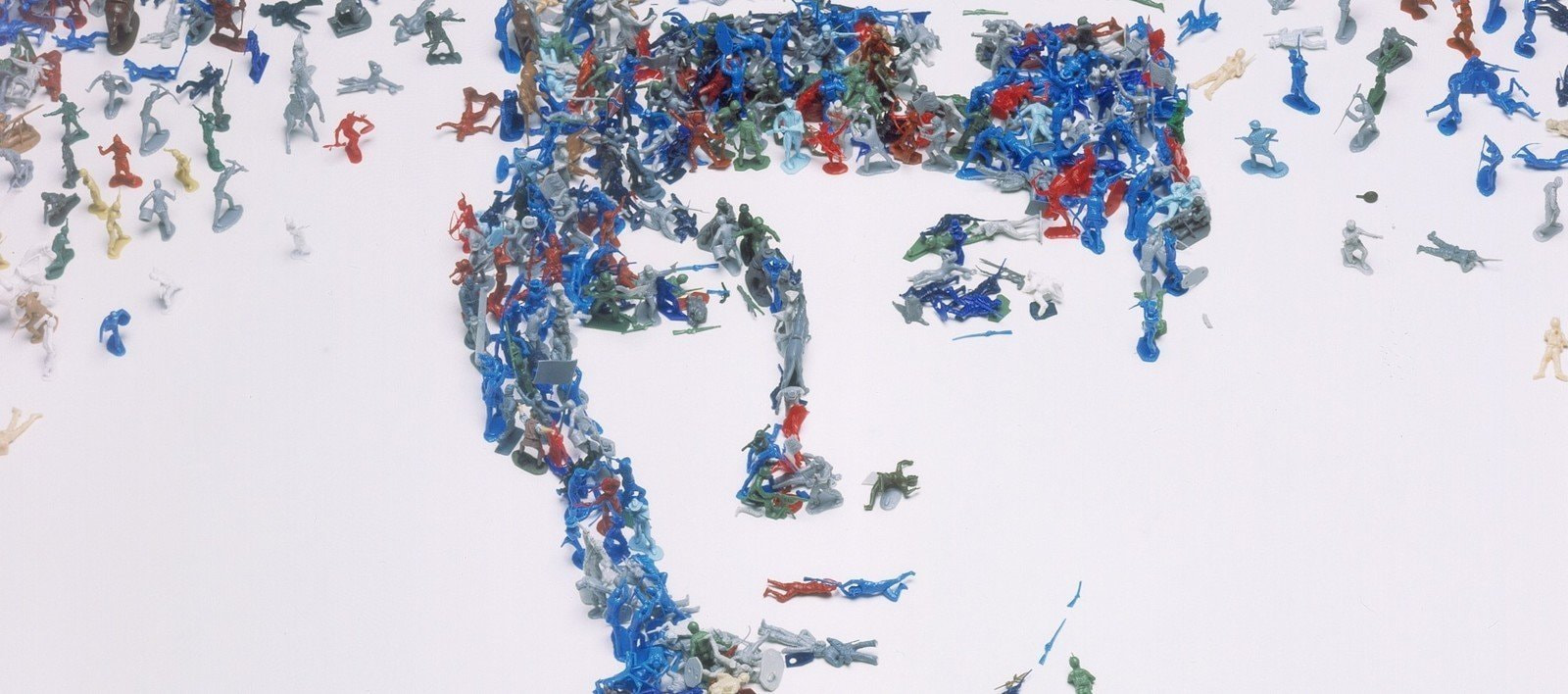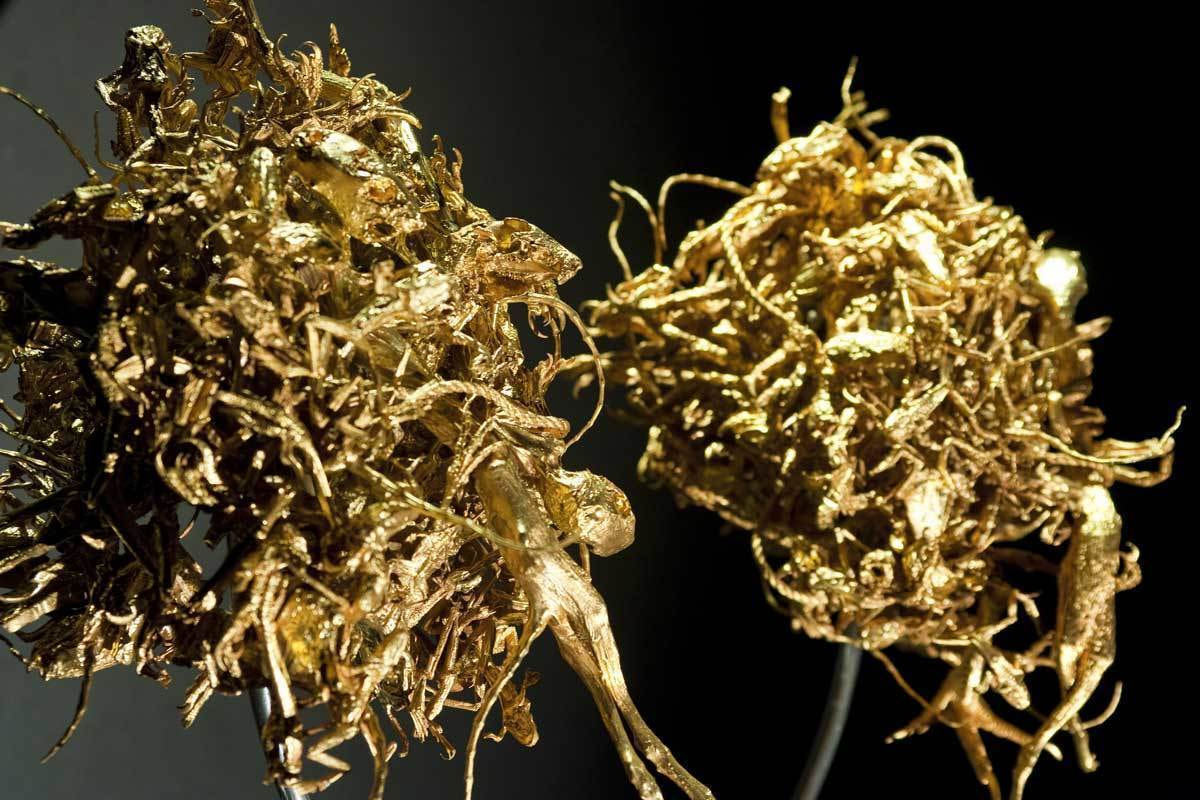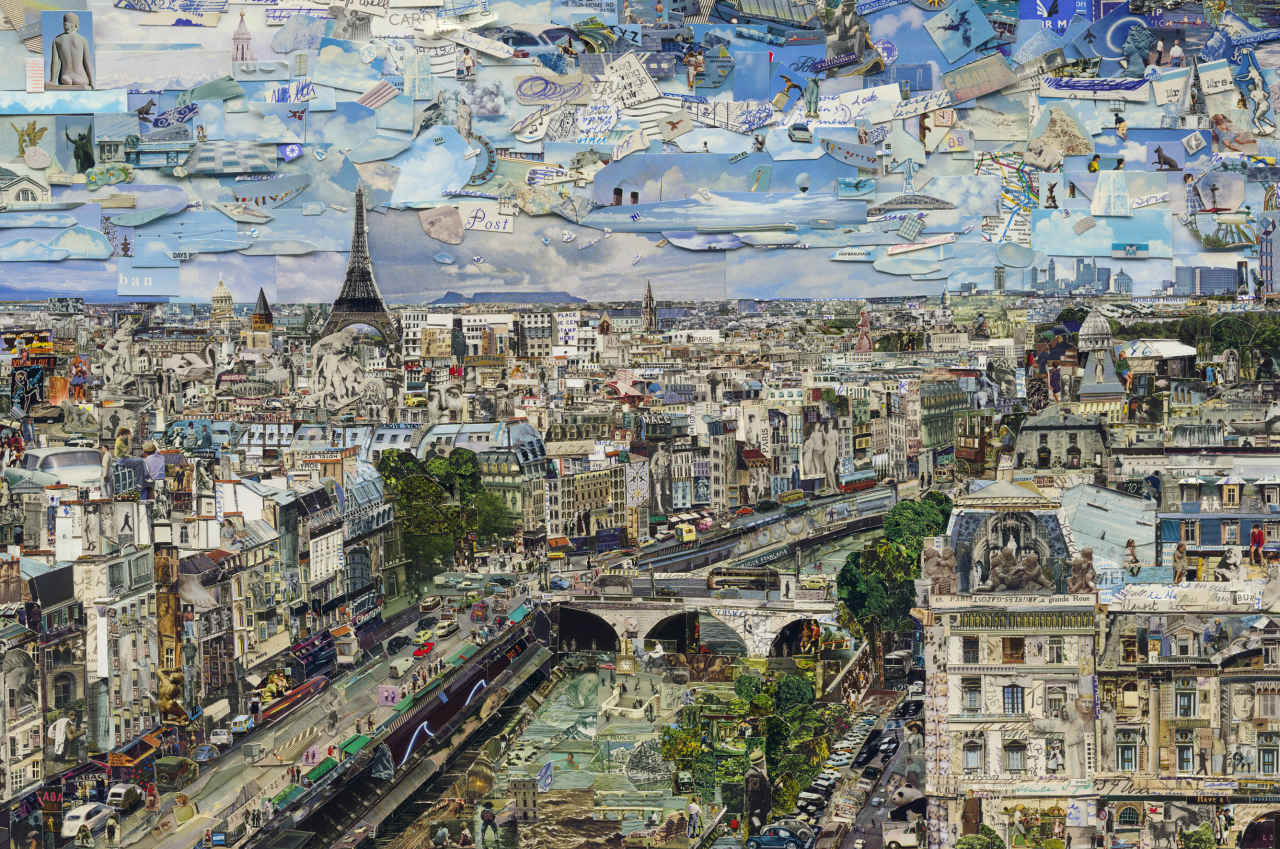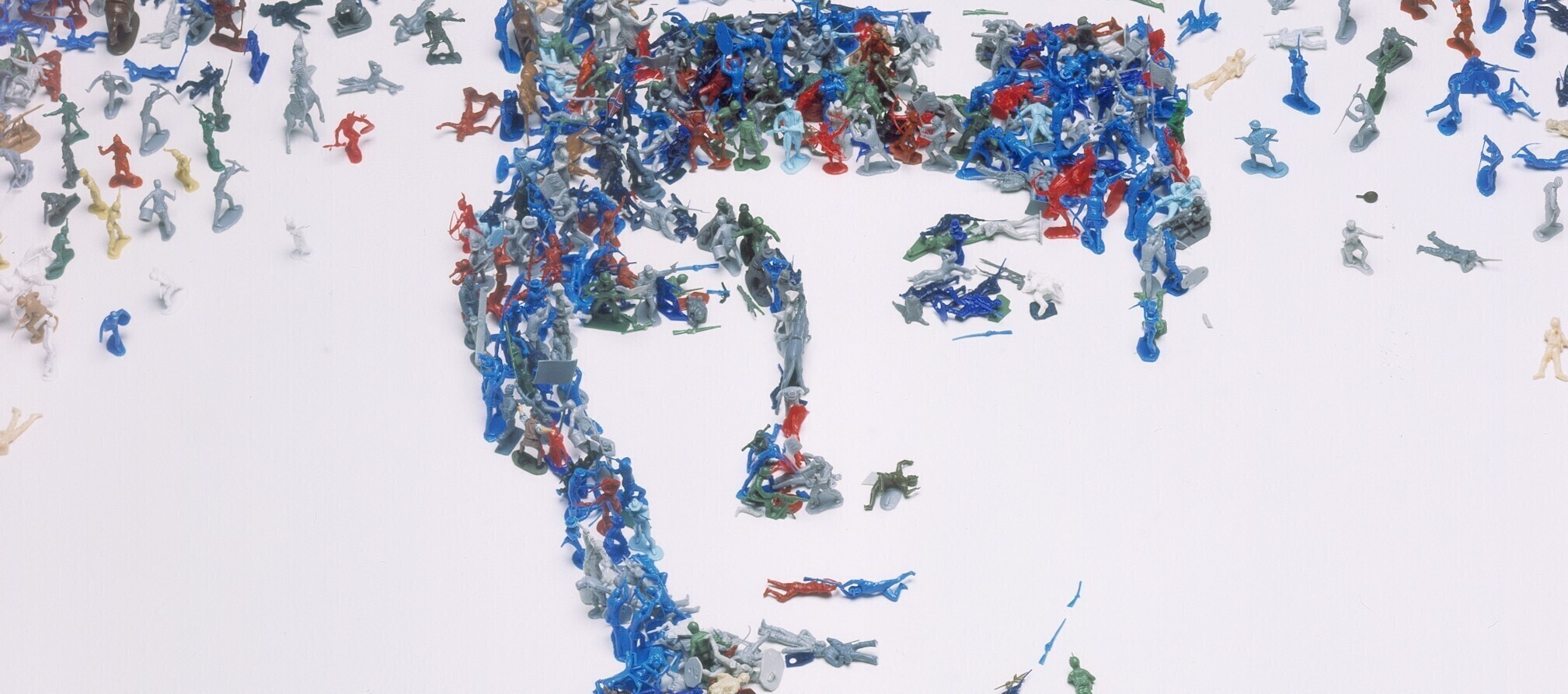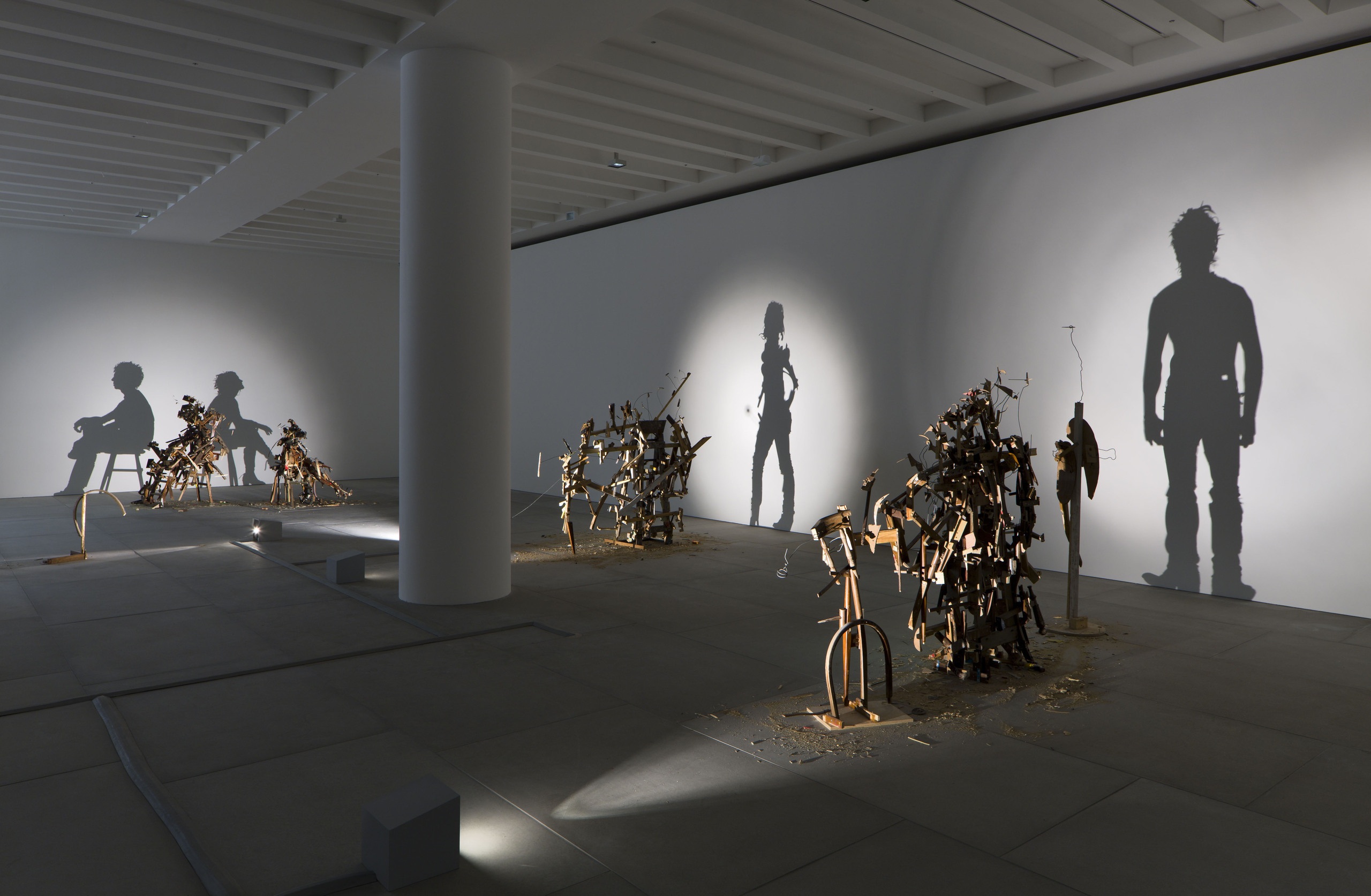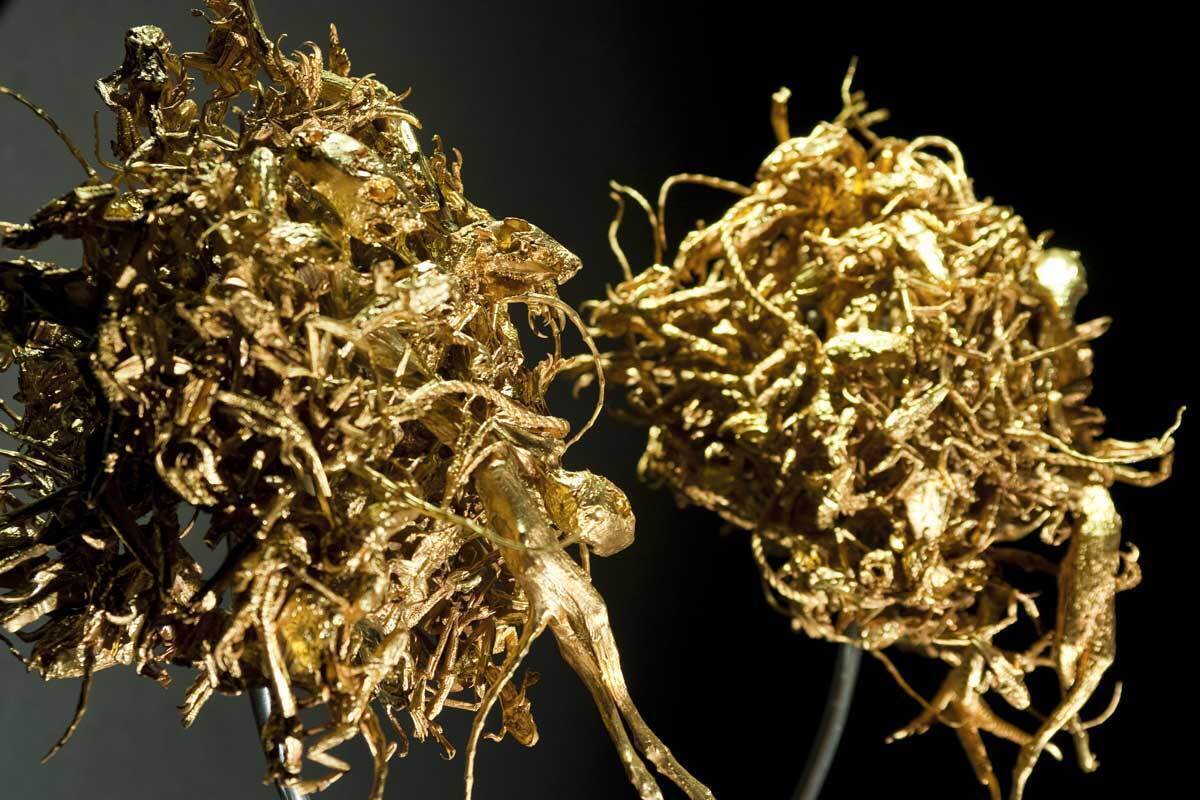The year-ending lecture is dedicated to artists who boldly experiment with some of the most exotic or, alternatively, very mundane materials.
Vik Muniz (b. 1961) is a Brazilian artist and curator, who worked as a graphic designer in his youth but concentrated on his artistic practice following a move to New York in the mid-1980s. His initial interest in sculpture rapidly transformed into an obsession with photography, while Muniz’s main subject matter became art history and, in a wider context, visual representation in its relation to and dependence on materials and techniques. Since the 1990s, Muniz has been shooting a photo series referring to famous artworks of the past and based on reproductions or personal memories. His signature manner includes the most unconventional and bizarre materials. For example, the replica of the well-known Hans Namuth shot of Jackson Pollock in his studio was executed in chocolate syrup (and photographed afterwards, Action Photo, After Hans Namuth, 1997). More recently, Muniz has been using garbage extensively as one of his favorite sources of inspiration. In 2001 he represented Brazil at the 49th Venice Biennale, while in 2010 a feature-length documentary about Muniz was released (Waste Land, directed by Lucy Walker and Karen Harley).
Tim Noble (b. 1966) and Sue Webster (b. 1967) are a duo of British sculptors who met at art school in Nottingham in the 1980s and began a collaboration in the mid-1990s. Although not formally associated with the YBA movement, the two have shared similar approaches, including the use of everyday objects as their material, and garbage or waste in particular. The latter is especially characteristic of Noble and Webster’s Shadow Sculptures—formless assemblages made of old stuff and all sorts of debris and lit in a special way, so that their shadows create peculiar silhouettes representing the artists themselves and other subjects. Alternatively, Light Sculptures are glamorous and glossy: these artworks are an ironic parody on mass culture where neon ads have long been a popular symbol. Noble and Webster also create graphic works, abstract sculpture and public art. They live and work in London.
